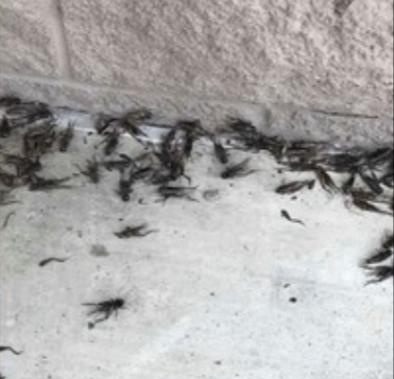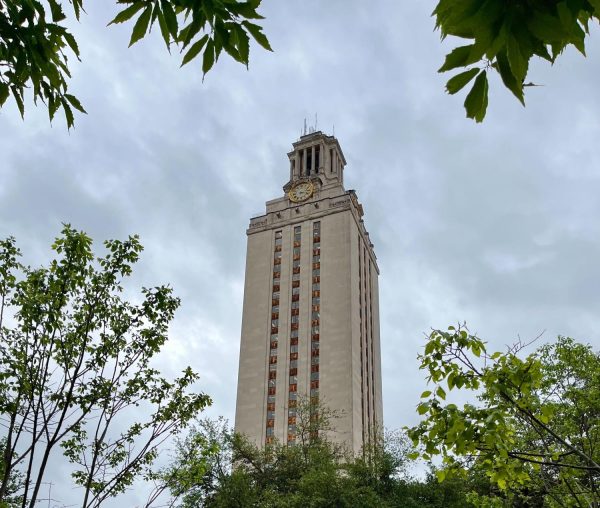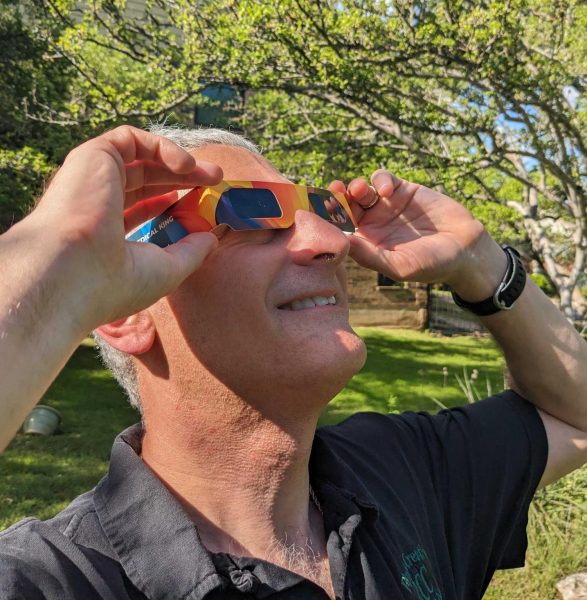Annual Cricket Invasion Hits Austin
Almost every year around the autumn season, crickets appear seemingly from nowhere and cover the entire city of Austin. They usually appear during this period thanks to rain and cooler temperatures during the fall season. Crickets gather vast food resources during this time to keep them fed till the next year. They enjoy light which is why you can see them in the daylight, swarming around light posts near campus, and inside buildings. It is recommended that people turn off their outdoor lights so they don’t invade the doors.
The problem is, crickets are everywhere, from schools and stores to inside homes. Because of this invasion, some stores in the area were forced to close. For example, on Oct. 8, one restaurant on Lakeline Mall Drive had to put one sign on their front door saying that they were closed “due to the crickets :(.”
This also affected Westwood, and students expressed their disgust with the insects.
“They are all over the place,” Mackenzie Ejuma ‘21 said. “And it is kind of gross to step on a cricket in the middle of the hallway while you are trying to get to your class.”

Crickets gather near a wall just outside the main building near the Java City doors. Most of them pictured are dead, as the staff fumigated them.
Not everyone has the same opinion. Some students believe that people are making a really big deal out of the crickets, which are in fact, harmless insects.
“People just need to chill,” Ellie Damuth ‘22 said. “They are just crickets, and they are not going to harm you or anything.”
Others view the crickets as an essential part of nature. Eddie Moreno, a school custodian, explains that the appearance of the crickets indicates the change of the season and the transition of weather from hot to cold.
“When crickets appear, it means that cold is moving in,” Mr. Moreno said. “They are an excellent source of protein and they are harmless animals.”
The next time you see a group of crickets clinging to a wall or covering the sidewalk near the school or in the Austin community, take heart in the fact that their numbers will only diminish as the season changes. Their prevalence finally signals a shift towards cooler weather.

Class of 2022
Hi! This is my third year in press and I'm really exciting to work with everyone. I'm a really passionate person when it comes to my hobbies...





